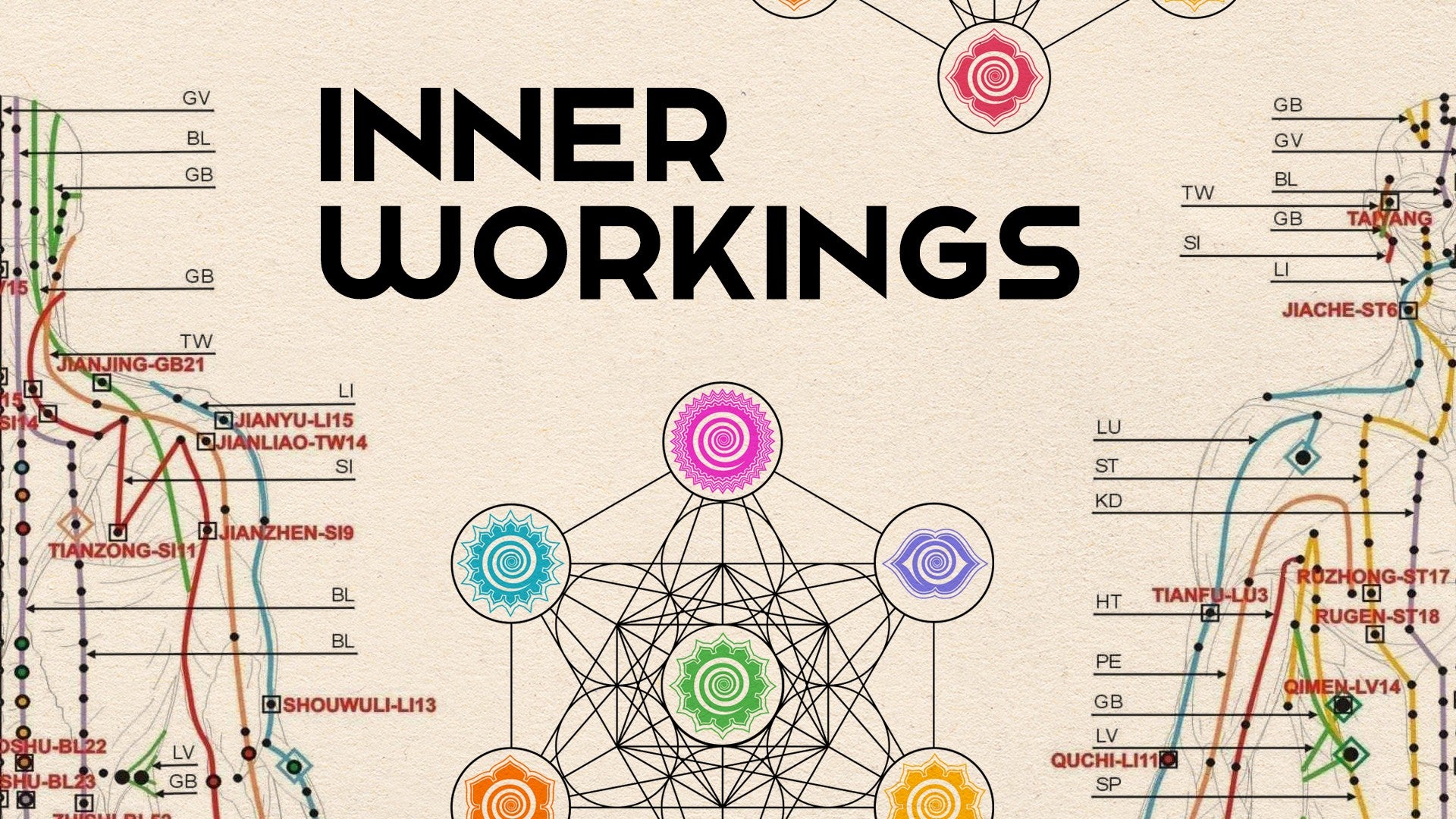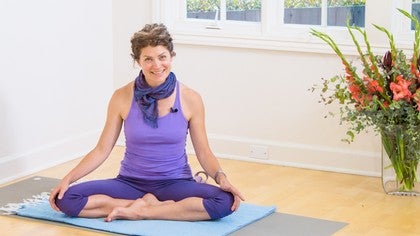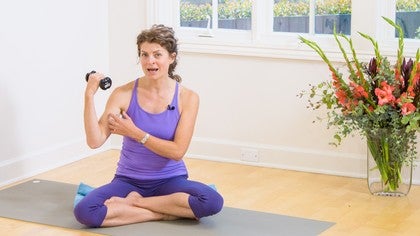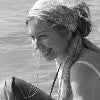Description
About This Video
Transcript
Read Full Transcript
Hi, we're going to do constructive rest position. It's my favorite. This practice is one in which you'll hold mostly very still for between 10 and 15 minutes. You need a blanket, or maybe you don't need a blanket, depending on if you're on carpet or you have a comfortable surface, or you don't really mind lying down on a hard surface. And you may also need a strap.
I do constructive rest position on grass, in the bed, in the dining room. It's available to you. So I'm going to show you how to do it, and then I'm going to sit up again and talk you through it. But this is what I'd like you to do with me now. We're going to lie down on our backs, on your blanket or other soft surface.
You're going to grab your strap. The soles of the feet are planted here, and you use the strap to hold the thighs together. A lot of times in this position, the outer hip muscles want to pull the legs apart, and having a strap, which you've made into a loop, around the thighs, and I want mine a little bit tighter, will allow you to relax against the confines of the strap. Like so. If you don't have a strap, or if you have low back pain, or this position feels not quite as comfortable as you think it maybe could, you can experiment with having the lower legs on a chair, so that they become weightless.
So we're here. You can rest the palms on the belly, or you can have the arms out by your sides. These don't have the arms up, even if that's a more natural position for you. For our purposes, we really want to have the upper psoas descending. Find your body against the floor.
You can feel the soles of the feet, the pelvis, the shoulders and spine, the head and arms. Let's let that be enough. You'll be here for about another 10 minutes, maybe a little more. I'm going to remove my strap, as you will, at the end of your constructive rest practice. Roll onto my side and sit up.
You can stay right where you are. Why practice constructive rest? The benefits of just holding still are myriad. But why hold still in this specific position? One of the first reasons I have is that it helps release your psoas, your iliopsoas complex.
It's a muscle that travels from the underside of your diaphragm, all along your spine, over your hip socket and into the top of your thigh bone. There's another tutorial available on yoga anytime, in which I explain the dynamics, the location, the actions, and we explore movement around the psoas. Right now, you can do constructive rest position completely successfully, without knowing specific information about that muscle. You have a psoas and you can release it. Really, your main helper in releasing and relaxing is gravity.
And that's the other big reason to use constructive rest position. It's a safe way to interact with gravity. And interacting with gravity is always an opportunity to interact with our own selves, with intimacy, with the flesh, with our reactions, with our fear. Saying that, I want to be clear that unless you're very pregnant and the weight of your abdomen is too much, or unless you start to get a fuzzy feeling around your sacrum, you're safe here. You can always come out if you need to, but this is a safe place for you to be.
So if you encounter feelings of resistance or fear, you can know that it's not the posture that you are safe. And that's another thing that I want to say about this posture. I said I practice it on grass and I practice it in the kitchen, but I don't do it at times when someone might jump on me. You want to have a space that you can really release into where you feel like it's safe to let go all the way. Hopefully while I'm sitting here talking and you're lying there, just lying and listening is having the effect of allowing your tissues to be acted on by gravity.
Again, you can feel the soles of the feet or the calves against a chair. You can feel the pelvis, you can feel the weight in the thoracic spine and across the shoulders, weight in the head. You may by now be able to feel that the quality of weight is different than it was when you first lay down. That shift in quality of weight is progressive. You can keep settling.
The term I use for that settling is yield. Weld is a feeling of support, of receiving support, but you can only receive support the amount that you can give weight. As you settle and as you're able to give your bodily weight to the floor, you can increasingly experience the support of the floor and they cycle with each other. You give, you receive, you give, you receive. It's different than collapse because throughout the experience you have a choice.
Feel the soles of the feet. Feel the weight of the pelvis. Feel the curve of the thoracic spine, the breadth of the shoulders, back of the head, the back of the arms. You can feel into the soles of the feet, into the cells of the soles of the feet. There's the layer of cells that's touching the floor and then there's the layer of cells right above that and those are yielding toward the cells that touch the floor and the layer of cells right above that are yielding toward the ones below.
And you may be able to feel somewhere in there a place that doesn't yield. And when you encounter that, I think that's a really rich, beautiful moment of intimacy. And there's not anything that you need to do about it. Really both encouraging yields, providing space for yourself to receive support and allowing for the realities of tension and fear are both acts of love. I use the Sanskrit term, Ihimsa, which means non-harming.
And the Buddhist term, Maitri, which is self-love, compassion, relatively interchangeably in the context of our interactions internally, our ability to hear, feel, and honor our experience in the moment. And constructive rest is a safe place to begin to do that work with yourself. Now that you've been here for a while, when I allow for a period of silence, you may find yourself tempted to open your eyes, to look at me, to check in and make sure that what's happening to you is what's supposed to be happening to you. And experiencing that impulse without pushing through it by opening your eyes or getting up or checking on me, I think is another really rich opportunity for intimacy with yourself and with the moment. The visual cortex is very privileged, our method of processing visual information.
The part of the brain that's used for that is very privileged in our society. We have to see it to believe it. And as is always the case with brain tissue and also with reality, focusing on something means that something else gives up space. I'm really interested in how we can use our embodiment practices, and yoga in particular, to help us live in our other senses. What happens if you don't look?
Something I haven't mentioned until now is your breath. If you're practicing yoga on a regular basis, it's very likely that you are already very aware of how your breath can help you experience yield and support, can help you tolerate staying present with urges without pushing through them, can let you grow your proprioception, your felt sense of self internally. I haven't talked about it because I don't want to give the impression that you need to do anything with your breath to be here. Your breath, when you're relaxed, is your best breath. It may even be that now that I've mentioned your breath and you've turned your attention to it, that it has become more intentional, and you might notice that without needing to change it.
Feel the soles of the feet, feel the weight in the pelvis, feel the gradual spread of heaviness and softness through the layers of the pelvis. As your awareness of weight increases, your cellular awareness also increases. What does it mean to be cellularly aware? You have a nervous system. You use it to get information and to give information.
As with the visual processing system, it gets privileged. We come to think of ourselves as nervous systems, but the information that goes into the nervous system is coming from somewhere, and that somewhere is also you. While you're in constructive rest, there's very little to decide about. There's very little to do. The judging and the sending of directives in the body slows way down, which means you may get an opportunity to spend more time feeling.
Feel the soles of the feet, feel the weight in the pelvis, feel the curve of the mid-back and the spread of the shoulder girdle. Feel the rest of the body resting into these tissues. Feel the arms, feel the skull. In my experience, the more fully I can receive weight in the pelvis in constructive rest, the heavier my skull becomes. And the softer the tissues get inside my pelvis, the softer the tissues in my mouth become.
The roof of the mouth softens and expands. The jaw releases. I feel the weight settle lower in my skull and an openness in the ear canal. Those changes, as much as we wish that they were, are not something that we can force. It takes time.
Just like when we make time for the people in our lives who we love, when we make time for ourselves, we grow something at its own pace. So I'm going to end the practice now. You can stay here as long as you want, as long as you have the time. If you're ready to finish, you might wiggle the fingers a little, wiggle the toes. If you're wearing a strap around the thighs, you'll gently lift the thighs toward the chest and remove the strap.
And then you can make your way over onto your right side. Take a breath or two there, just to enjoy the weight. And then you can use the arms and help yourself come up to sit. Thank you for practicing. This is a practice that's near and dear.
Namaste.
Inner Workings: Devon Riley
Comments

You need to be a subscriber to post a comment.
Please Log In or Create an Account to start your free trial.















